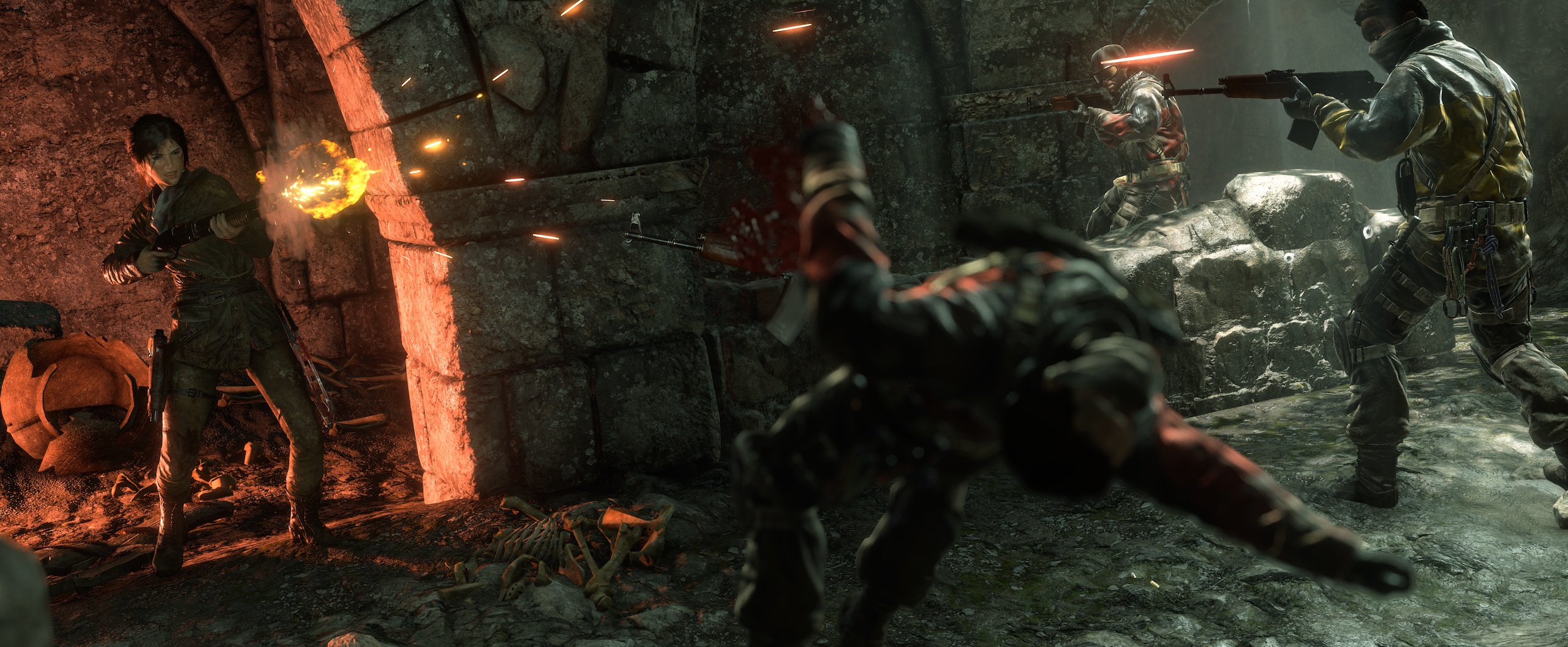

To play the unfinished business DLC, run the file "tombub.exe" in the root folder. To play the game, run the file "tombati.exe" in the game root folder. I advise you to jump to site if you want to try other High Resolution textures. TombATI will look for that folder automatically to use High Res textures. It's a zip file, so you can just unpack it and place the folder with name "Tr1HD" into the Tomb Raider 1 game folder. I added some extras, specially to the unfinished business DLC textures to make them match. John Capon (most of the textures) and Antonijadis (Lara's Home). I include one zip file with complete High Resolution textures, built from the work of exe file, and it should be retrieved from the original source. This package requires the latest TombAti installer, you can get the original from This means no crashes when alt-tabbing, and no resolution issues that DosBox has. It uses the patch TombATI to allow playing the Game on modern Windows with borderless window mode. This package is for those that bought Tomb Raider 1 on GOG or Steam. Even today, these cards are still rather fast if you want to play 3d games on older retro computers.UPDATE 1.1: Egyptian levels (level8 A,b and c), as well as the DLC Egyptian ones (Egypt and Cat) have been redone with a mix of textures from John Capon, Silverlock, and mine to correct transition tiles, and special effects. The Voodoo cards were one of the first 3d-accelleration cards that were available to the public. The Glide-API can also be used by Glidos or DosBox to run Tomb Raider 1 under Windows with higher resolutions. Newer Voodoo cards were not always compatible to the original Glide API and therefore it might not be possible to use the same Patches. (Additional information can be found at .uk ()) Tomb Raider I and Unfinished Business support the Glide API used by the Voodoo 1 card, and some of the Voodoo 2 cards like the Diamond Monster are also supported when the correct patch is installed. Some techniques still used today by Nvidia, e.g. They were bought out by their competitor Nvidia. This was achieved by routing the output of a 2d (S)VGA card into an input connector on the Voodoo.Ĭards under the Voodoo brand were built from 1996 up until the bankruptcy of 3dfx in the early 2000s. Later cards (Voodoo 3 through 5, some Voodoo 2 cards) were complete 2d and 3d acceleration cards, while the original Voodoo was only capable of rendering 3d effects. Unlike its successors, the first (and some of the second generation) Voodoo cards were plugged into the computer in addition to the normal VGA adaptor. It was first introduced by 3dfx in 1996 and was a huge step in three dimensional rendering. The Voodoo was the first of a series of 3d acceleration cards.


 0 kommentar(er)
0 kommentar(er)
